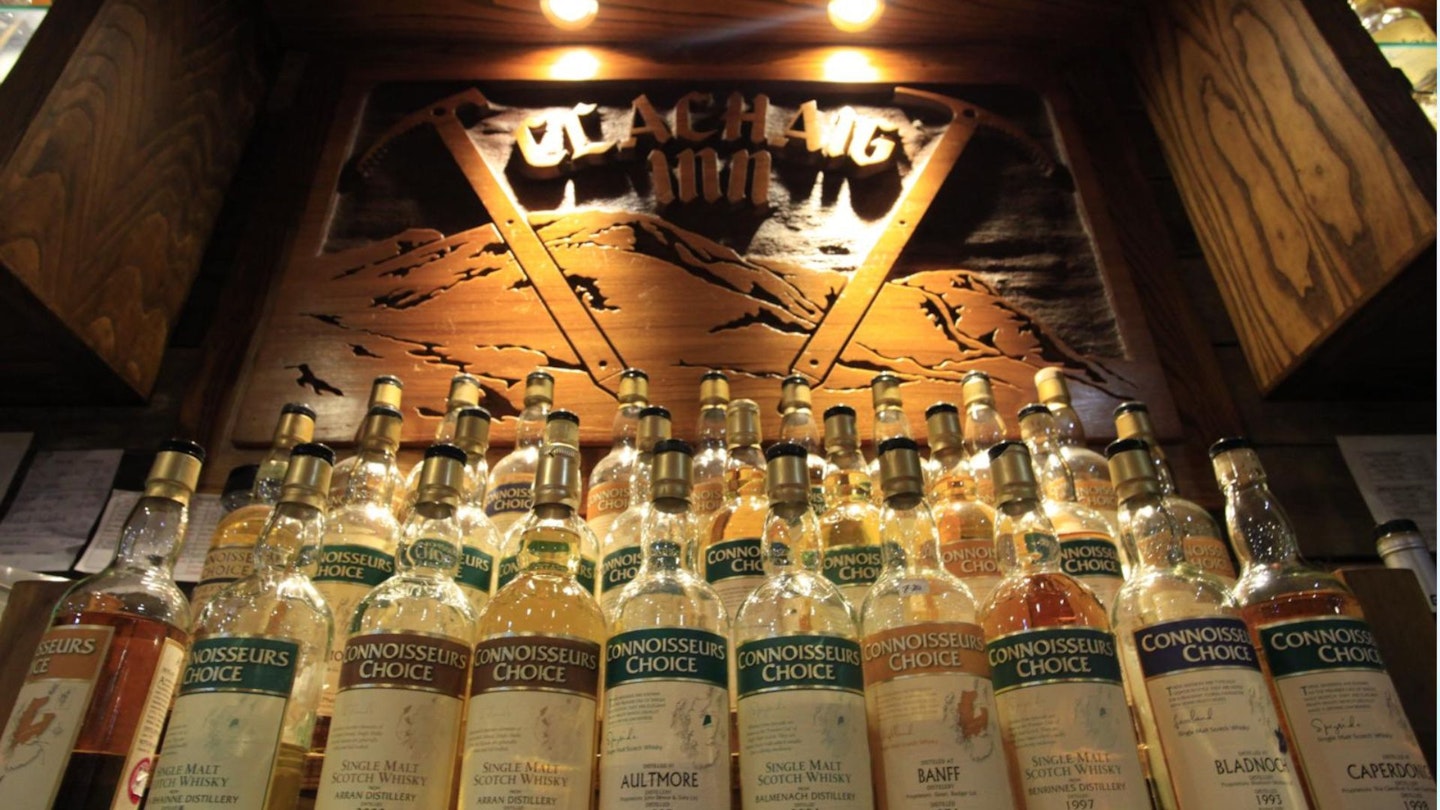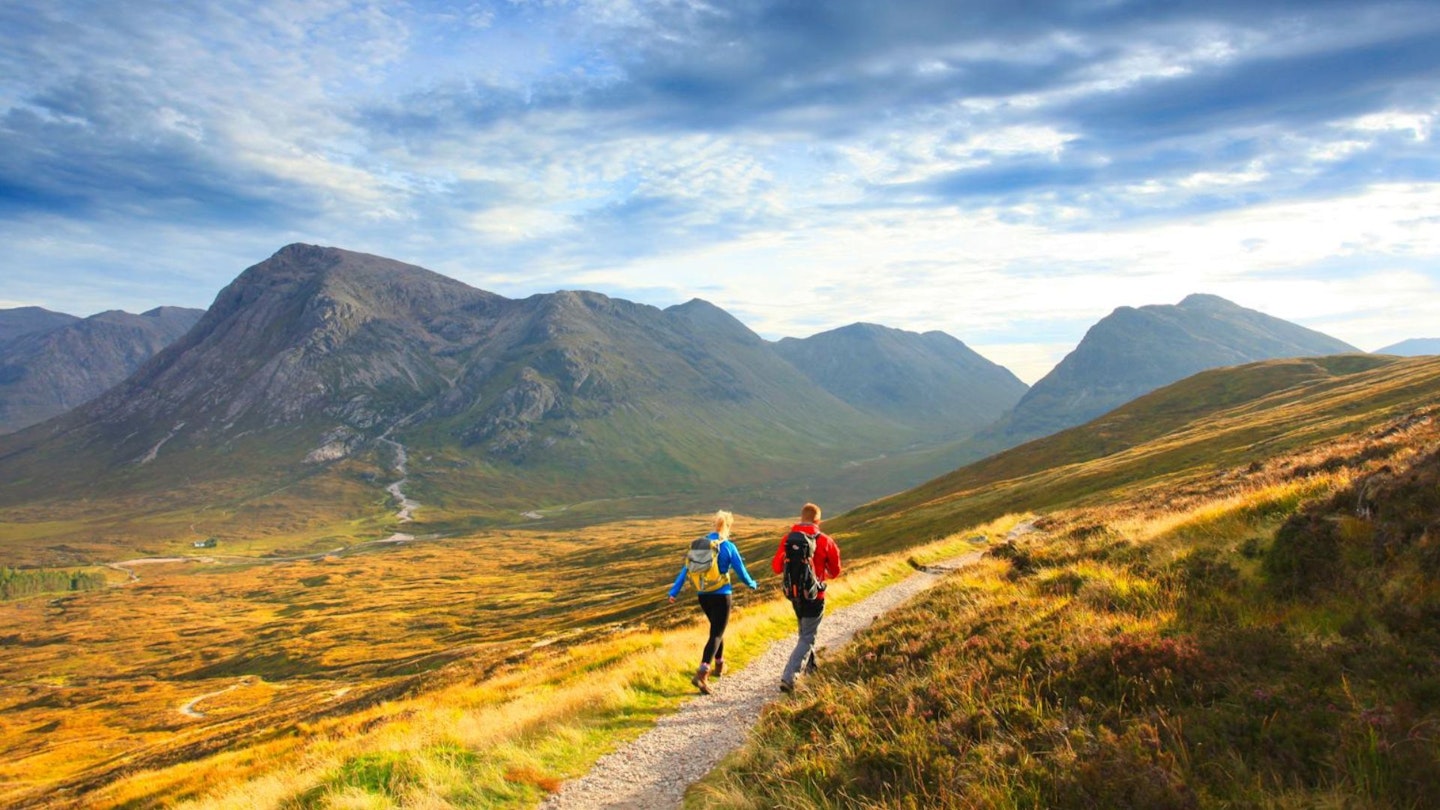Glen Coe is an icon of the Scottish Highlands: a deep trench flanked by dramatic mountains, home to spectacular wildlife, and rich in myth and history. Read on for our guide to the most famous of all Scotland's glens, as we pick out our favourite 4 walks from Glen Coe.
Ben Nevis may be Scotland’s most famous mountain, but its most iconic is surely Buachaille Etive Mor, the awesome pyramid of rock standing sentinel over Glen Coe. The prominent landmark will be familiar to anyone who has walked the final stages of the West Highland Way, or even driven the lonely A82 across Rannoch Moor.
It’s an awe-inspiring view that stops plenty of Fort William-bound visitors in their tracks. Arguably, however, it is only by actually ascending the ‘Big Buachaille’ that you get a true sense of the epic landscape around Glen Coe. The climb offers the chance to get your hands on rock and bag two Munros, but that classic ascent is just one of Glen Coe’s memorable days.
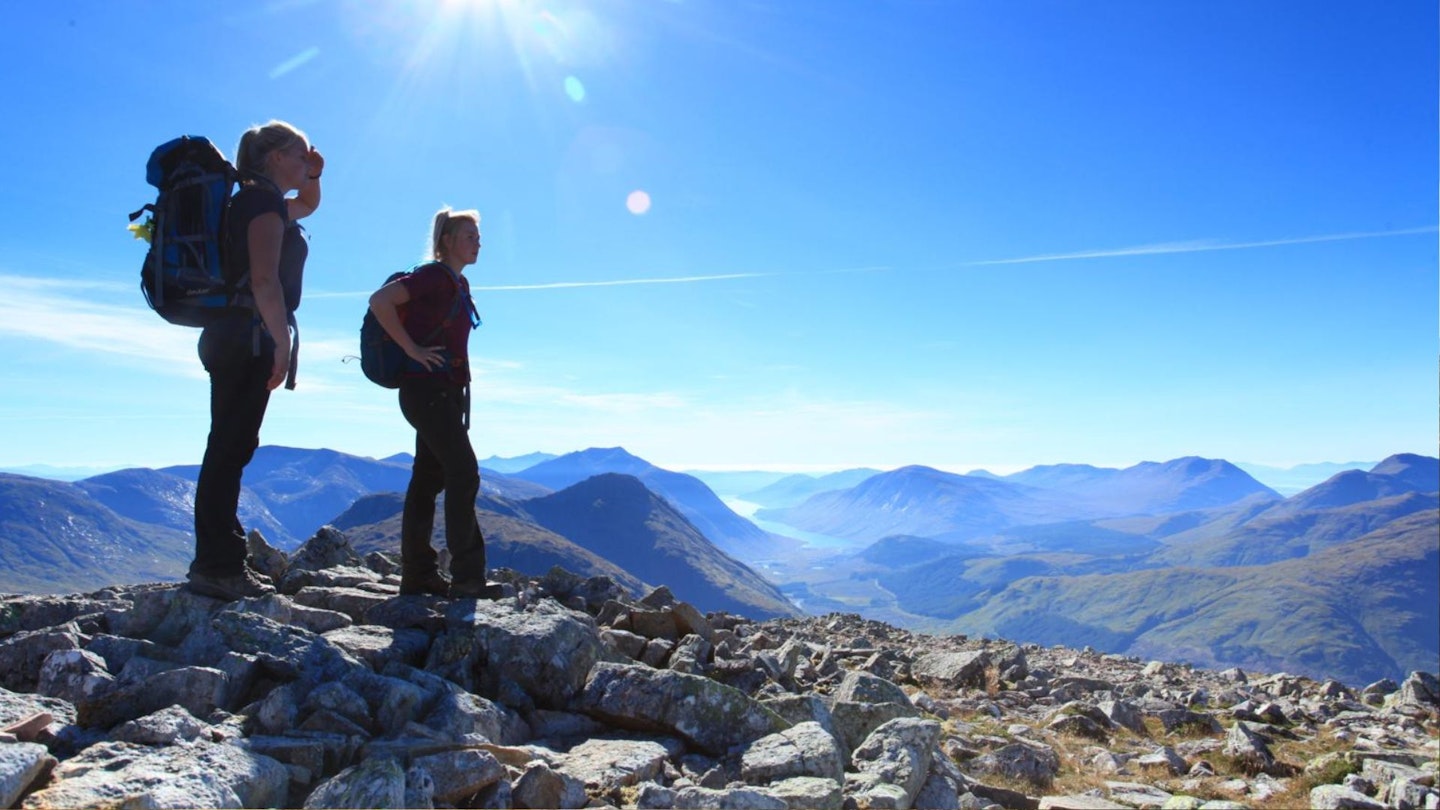
There’s a plethora of similarly rugged peaks to bag, plus a host of other activities to enjoy – even if the weather turns dreich, to borrow a favourite Scots word. This includes everything from canyoning at Onich to indoor ice climbing in Kinlochleven, both just short drives from Glencoe village along the fringes of Loch Leven.
Failing that, you could simply enjoy the cosy warmth of the legendary Clachaig Inn (and take advantage of its large drying room). In fact, there’s so much to do that you’ll probably struggle to fit it all into a weekend.
Route 1: Buachaille Etive Mor
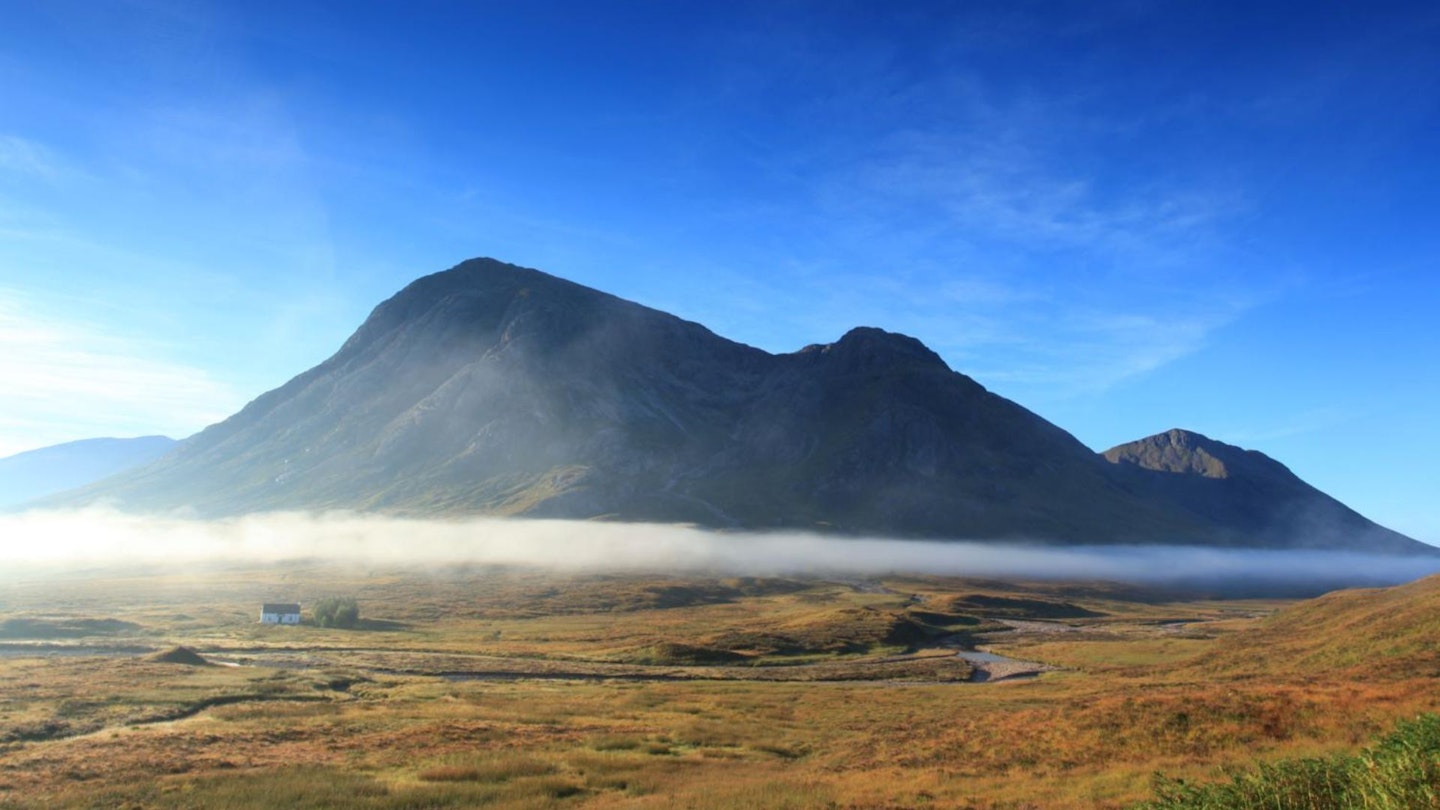
View and download our mapped Buachaille route from OS Maps: HERE
Impossible to ignore, Buachaille Etive Mor is far more than a mountain. This long, curved rocky spine rises and falls more than 500 vertical feet over the course of nearly five miles. It’s a classic ridge walk that is the geological equivalent of a big dipper ride, a rocky roller coaster replete with jaw-dropping mountain views.
We’re not easing you in gently here – expect a steep, rough ascent plus an equally sharp, scrambly descent, with plenty of ups and downs in between over the boulder-strewn ridge. But you’ll also enjoy far-reaching views across desolate Rannoch Moor and the thrill of bagging four summits including the Buachaille’s highest point, Stob Dearg (1021m) – the first of the ridge’s two Munros.
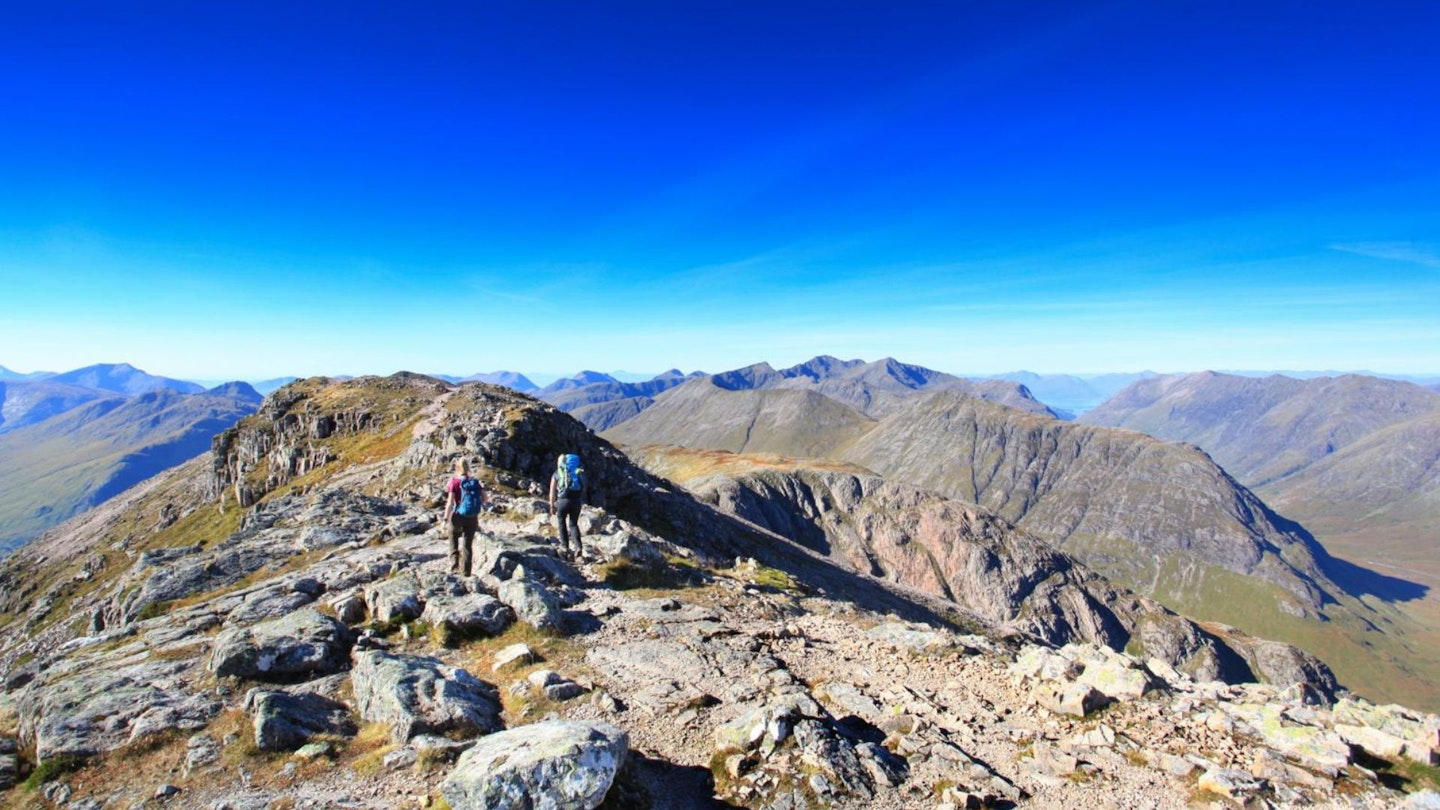
The route starts from the lay-by at Altnafeadh, a 15-minute drive out of Glencoe. It ascends via Coire na Tulaich before following the ridge all the way to the second Munro of the day, Stob na Bròige. There, you turn about and retrace your steps to a cairn on the south-west shoulder of Coire Altruim, following a steep line downhill that demands keen powers of concentration.
The route out of Lairig Gartain is a squelchy path through peat hags to reach the A82. By the time you get back to Glen Coe, you’ll be knackered.
Route 2: The Pap of Glencoe
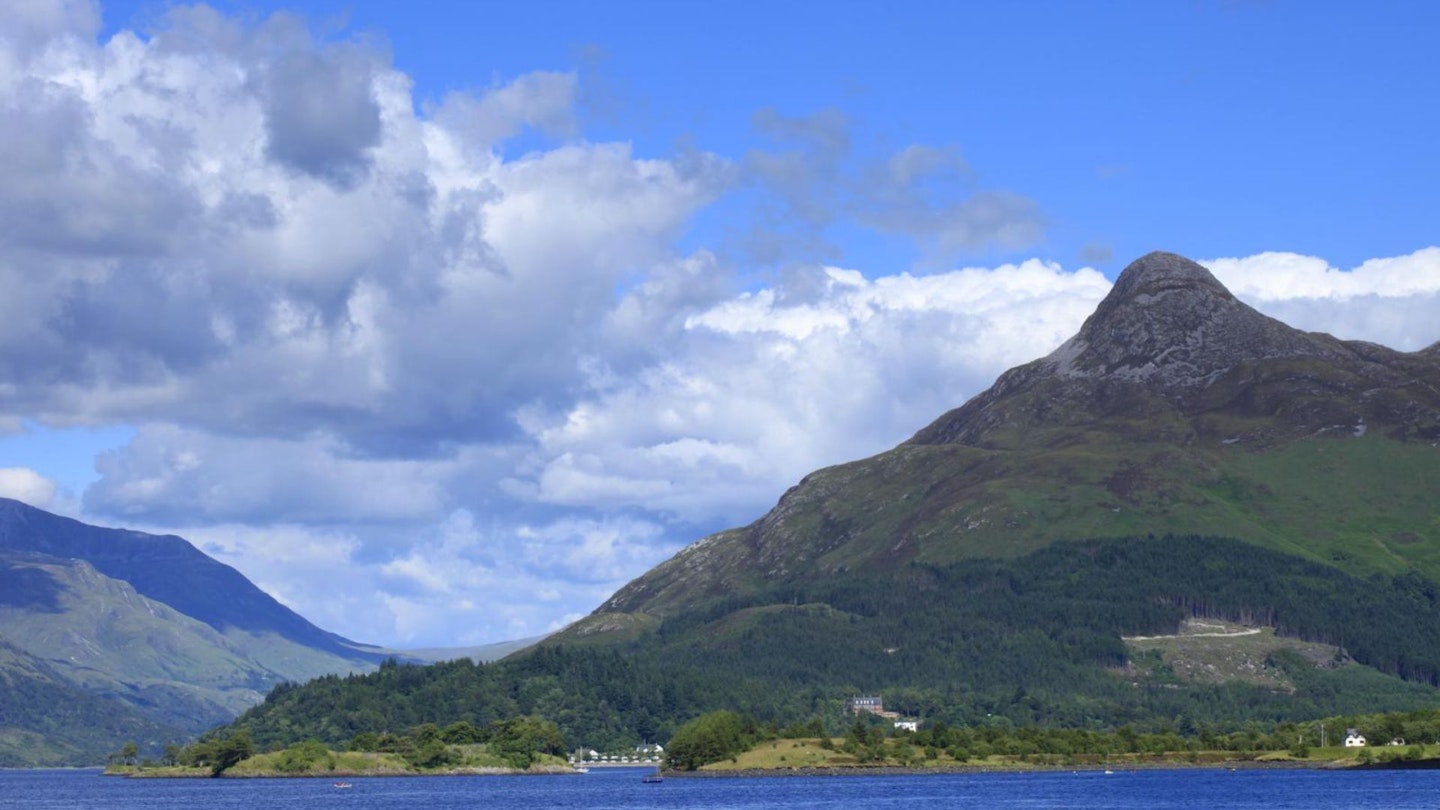
View and download our mapped Pap of Glencoe route from OS Maps: HERE
Marking the western end of the formidable Aonach Eagach ridge, the Pap of Glencoe lies at the foot of the glen as the River Coe spills out into Loch Leven. Known in Gaelic as Sgorr na Ciche, (‘the peak of the breast’ – stop sniggering please), its conical profile is clearly visible from Glencoe village, and the summit makes an enticing prospect for those staying there.
A fit and experienced walker can be up and down in under 5 hours, since – by the standards of the neighbouring mountains – the Pap is a wee bairn. However, the views from the top far surpass its diminutive stature.
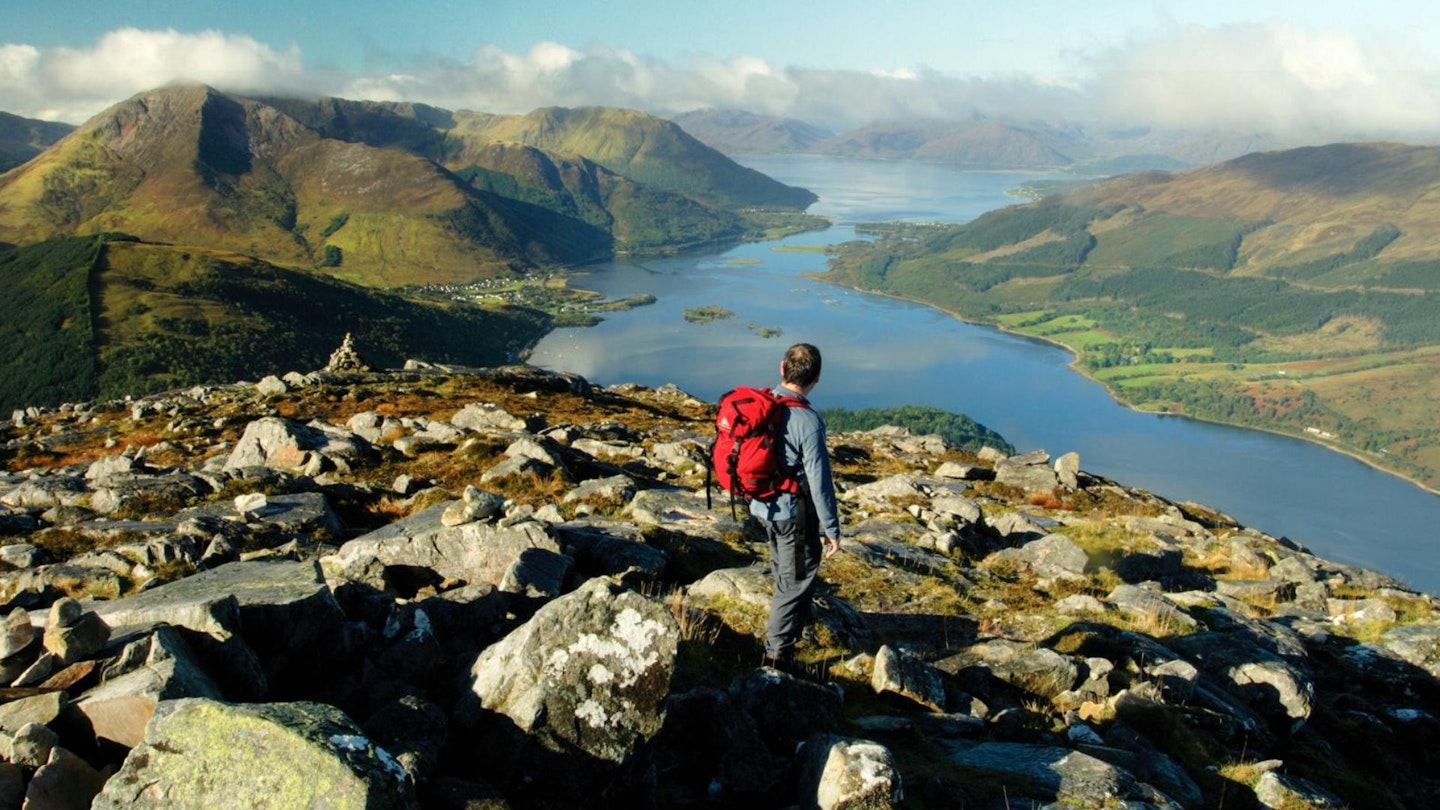
And it still shouldn’t be underestimated, since although the overall ascent is relatively modest, the terrain can be challenging. The simplest way up starts from the road between Glencoe village and the Clachaig Inn. Follow the rough pebble path up to the bealach between the Pap and Sgor nam Fiannaidh.
This is a steep and boggy climb, while the final section of ascent is an untidy scramble that involves clambering among a mess of boulders. From the summit there are superb views of Loch Leven and the Mamores, as well as the Ballachulish narrows and Glencoe itself.
Devote a clear day to climbing the Pap and you can expect panoramic views that rank among the best in the Highlands.
Route 3: Aonach Eagach Ridge
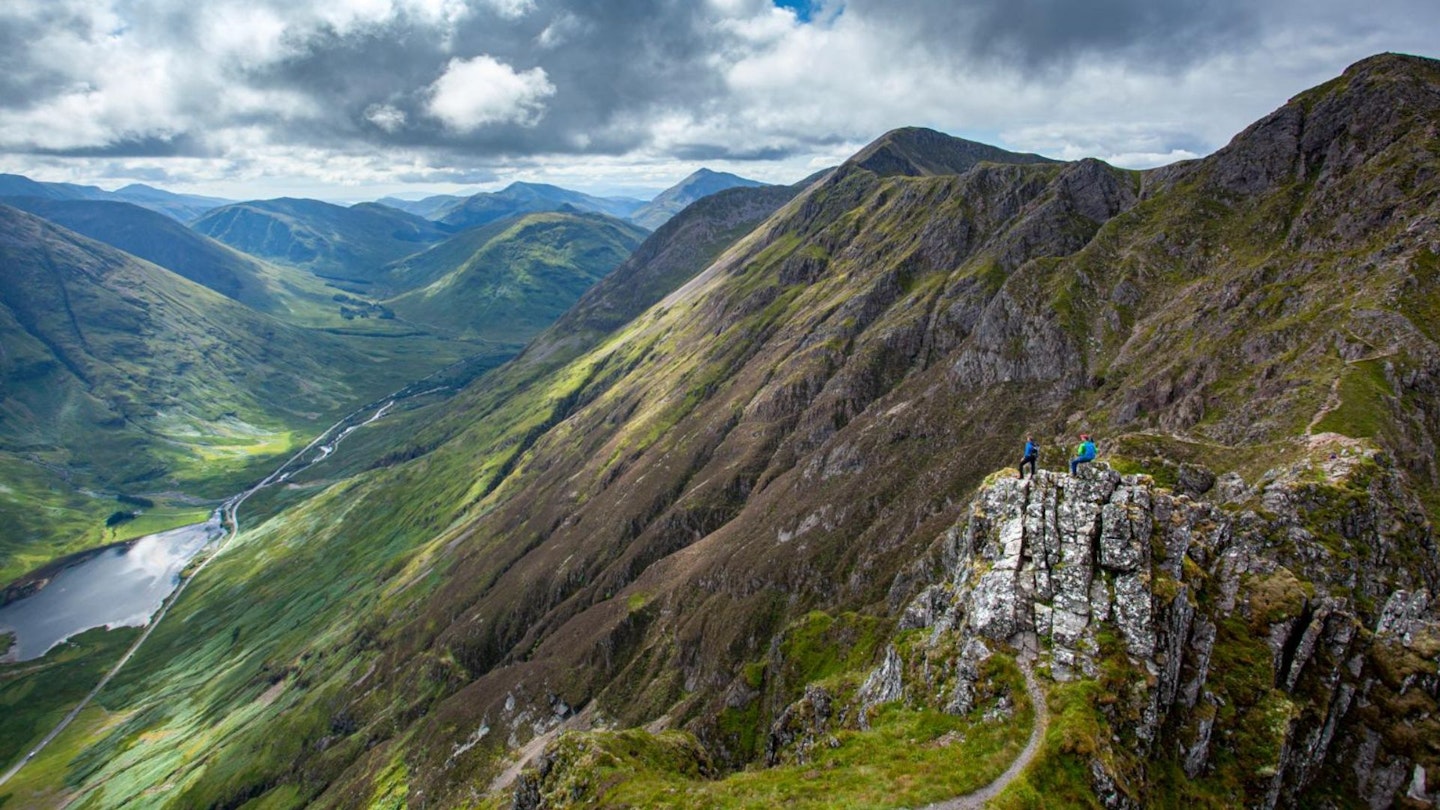
View and download our mapped Aonach Eagach route from OS Maps: HERE
The Aonach Eagach traverse should need no introduction – its reputation speaks for itself. This is indisputably one of the finest scrambles in the UK.
Classed as a Grade 2 scramble – at least in summer conditions, for in winter it is an altogether different proposition – the ridge is purportedly the narrowest in mainland Britain. Knife-edge doesn’t even cut it. It’s a significant step up in difficulty from something like Crib Goch or Striding Edge, and however you assess the challenge of Aonach Eagach, it’s likely to make you giddy, whether from excitement or fear.
You’ll certainly need more than merely a good head for heights and a few hill days under your belt to even countenance it. There are numerous rocky chimneys, awkward slabby traverses, jutting pinnacles and tricky downclimbs to negotiate.
As well as technical skill, it also requires good planning and total commitment, because in addition to being long, thin and highly exposed, there are few, if any, viable escape routes. That means nowhere to bail if it all gets too much.
But, all those provisos aside, if you’ve got the mountain chops to take on Aonach Eagach, it will be an unforgettable experience. The ridge should be tackled from east to west, which also means you can finish with a pint at the Clachaig.
Route 4: Bidean Nam Bian
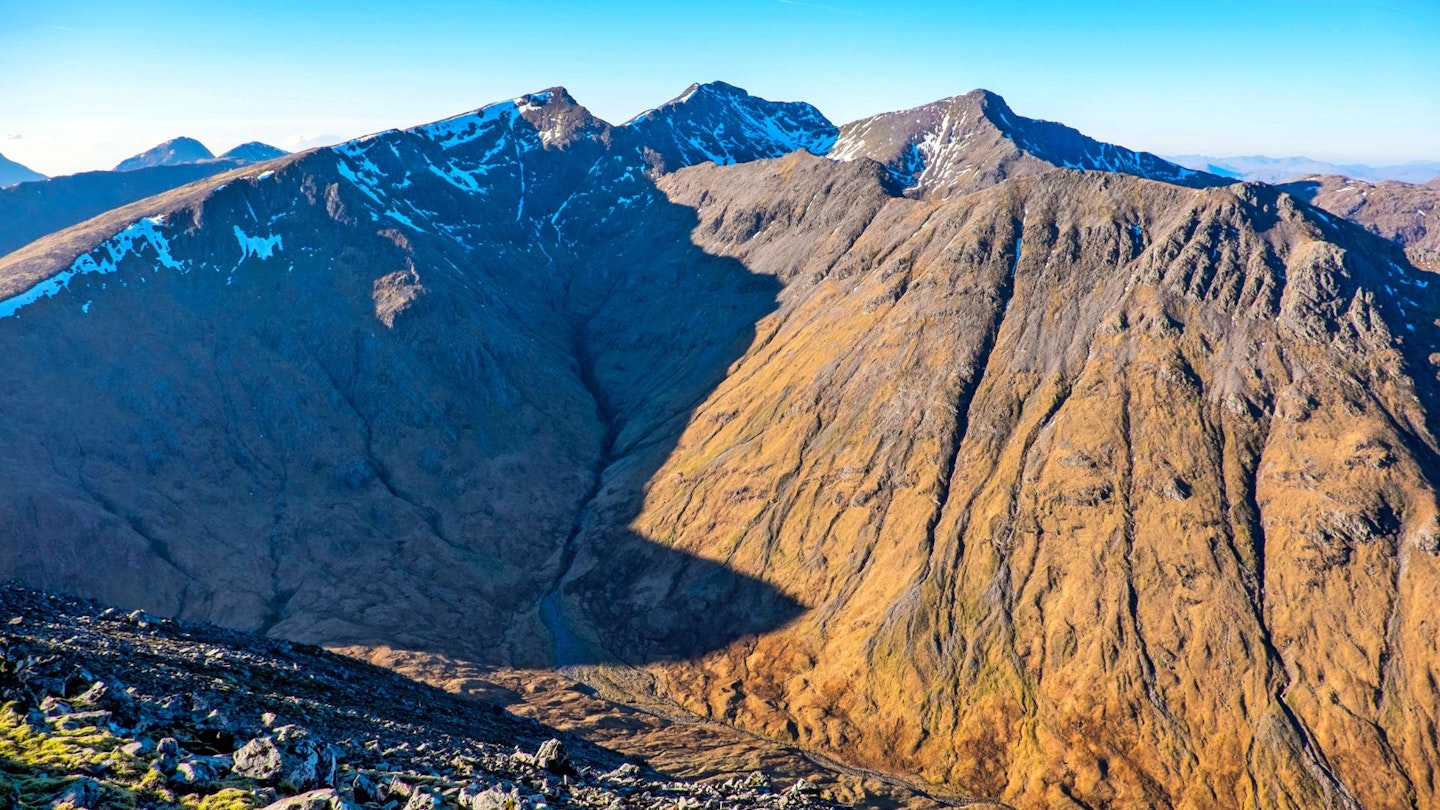
View and download our mapped Bidean Nam Bian route from OS Maps: HERE
Though Bidean Nam Bian is classed as a Munro in its own right, it is more generally the name given to the entire mountain range on the south side of Glen Coe. It is a sprawling, complex mass of crags, corries, ridges and summits that keen hillwalkers could spend weeks exploring, let alone a weekend.
However, for most visitors, its major attractions are the two Munros – the first being the aforementioned Bidean Nam Bian, the second named Stob Coire Sgreamhach. But these higher summits are hidden from Glen Coe by the northern ridges, the so-called Three Sisters, which extend like long fingers from the main massif.
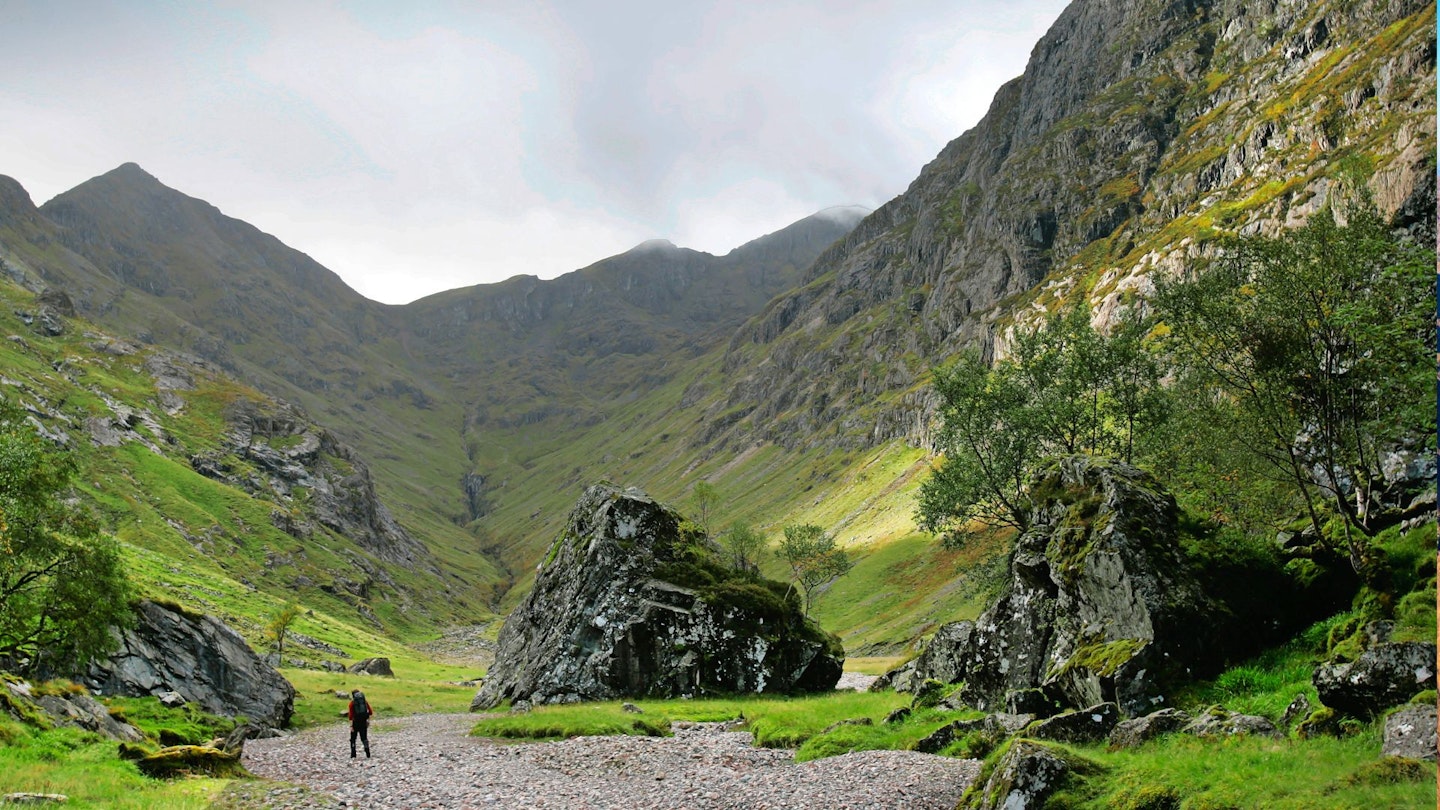
One of the most common routes up to the ridge that links the two Munros from Glen Coe is via the head of Coire Gabhail (the Hidden Glen or Lost Valley), which runs south-west between two of the three sisters, Beinn Fhada and Gearr Aonach. Coire Gabhail is a classic hanging valley, hidden high above the glen, that was formerly used by members of Clan Macdonald to hide livestock – either their own herds, or cattle raided from rival clans.
It’s a great place to explore, not just for its evocative Highland history, but also for its dramatic scenery. Be prepared to negotiate rocky paths, with scree sections and the odd little scramble. Descents can be similarly steep and loose.
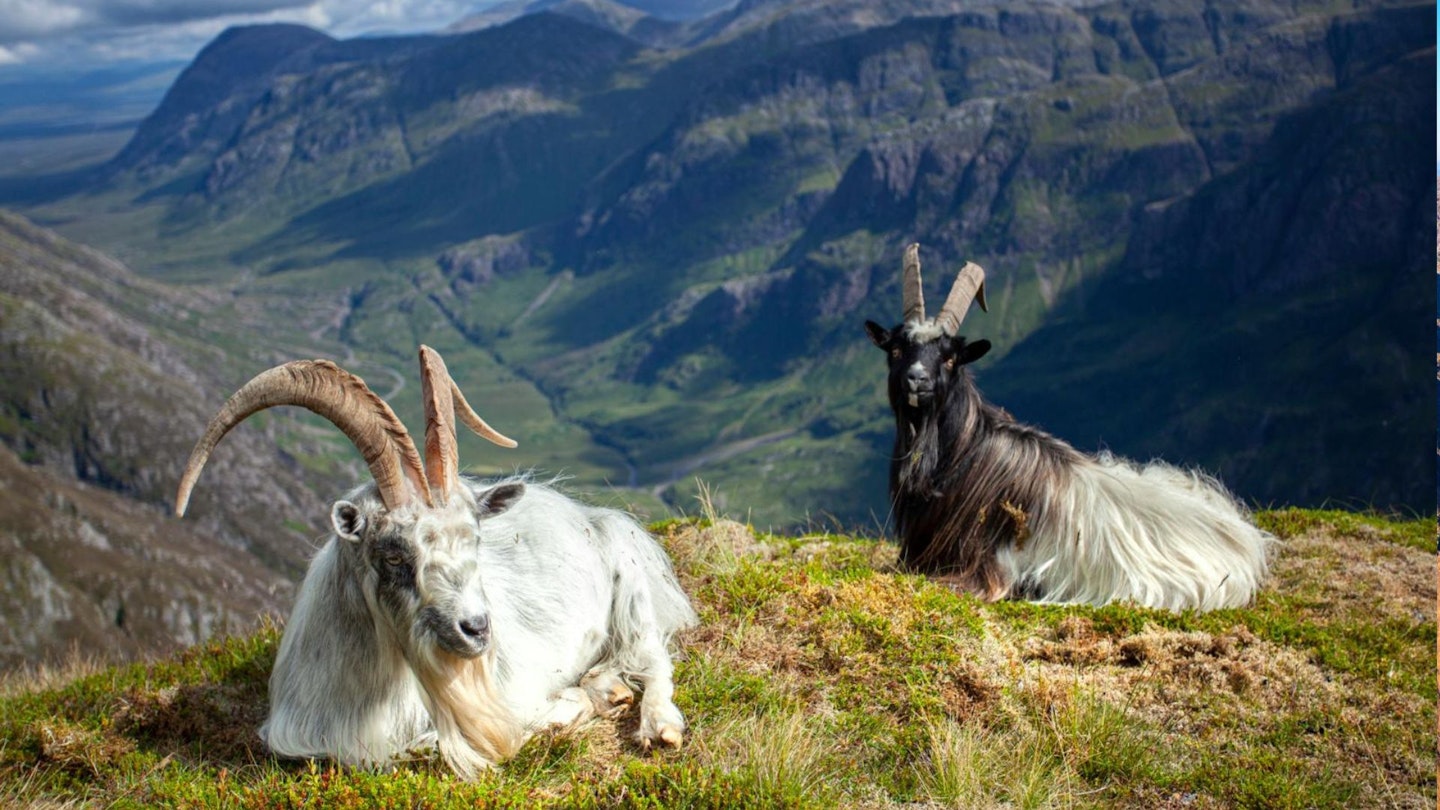
How to get to Glen Coe
From the south, Glen Coe is reached via the A82 across Rannoch Moor, one of the best drives in Scotland. If arriving by train, the nearest station is in Fort William (17 miles from Glencoe). Citylink bus services run from Fort William to Glencoe.
Where to eat, sleep, and drink
-
Clachaig Inn: this historic coaching inn has become legendary among walkers and climbers. The inn has 23 B&B rooms, three bars and a hearty food menu.
-
The Glencoe Gathering: posh chippie, all-day café and bistro, serving meals and drams of whisky.
-
Glencoe Youth Hostel: a classic SYHA Alpine-style hostel with dorm rooms, private rooms and deluxe glamping pods.
-
Red Squirrel Campsite: a casual farm campsite spread across 20 acres of meadow and woodland. You can pitch your tent on an island.
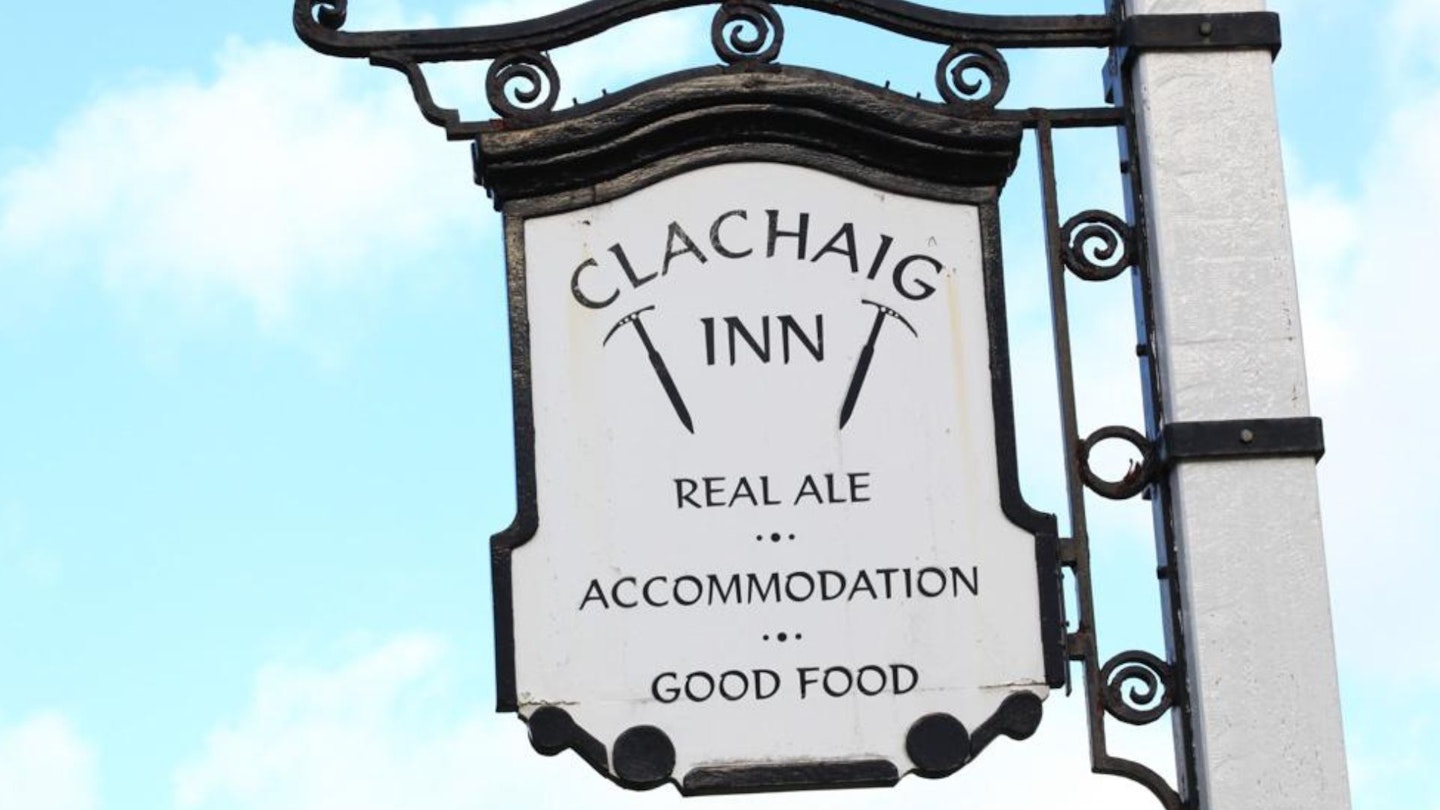
5 facts about walking in Glen Coe
-
Buachaille Etive Mor has appeared in films including Braveheart and Harry Potter, and provided the angsty backdrop for James Bond’s Highland return in Skyfall.
-
The valley has a bloody history. In 1692, in the dead of night, a highland clan, the Campbells, betrayed another, the MacDonalds, and murdered them while they slept. Now known as The Massacre of Glencoe.
-
Today, the door of the Clachaig Inn carries a sign that wryly reads: ‘No hawkers or Campbells’, a sly reference to the Massacre of Glencoe.
-
Glen Coe is an important conservation area for rare Alpine wildflowers. Also look out for red deer, pine martens, otters and even wildcats. And you may spot a golden eagle.
-
The Glen Coe Skyline race is a highlight of the skyrunning calendar, an event that blends mountain running and technical alpinism. Past winners include Kilian Jornet and Jasmin Paris.
